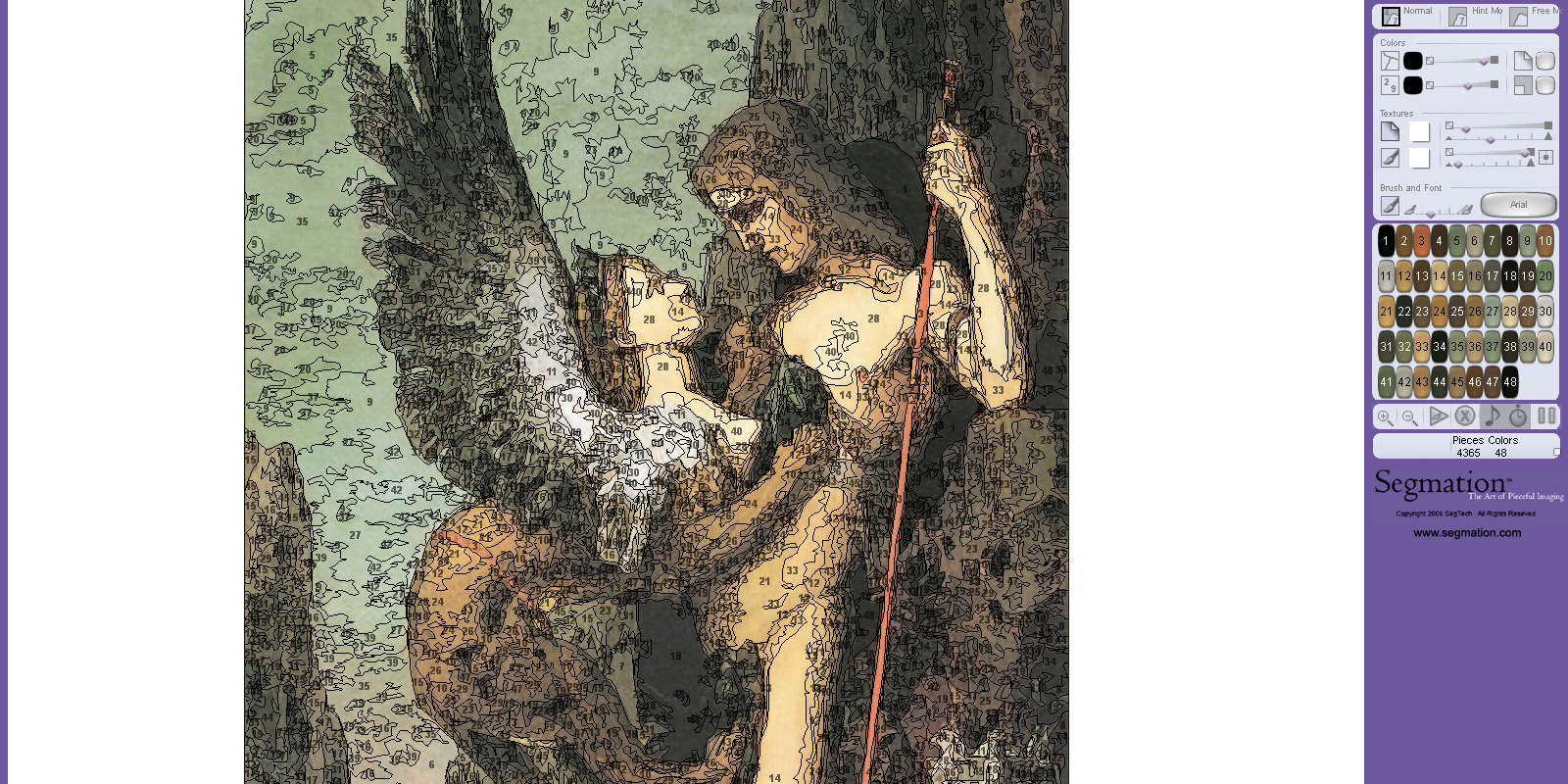Symbolist art was birthed from the expression of emotion and ideas. Emerging at the time of the French Literary movement, symbolist paintings became popular in the late 1800s. Paving a path for this adventurous style was Gustave Moreau.
Moreau was known for portraying historic, religious, mythological, legendary and fanciful characters with techniques that combine exotic romanticism, symbolism and imagination. His many paintings shimmer with gem-like qualities, which he used to cast visual scenes that could only be described as other worldly.
By the time the symbolist movement dominated France in the 1880s, Moreau had been showcasing those types of paintings for nearly two decades. After years of receiving recognition for his accomplishments in this genre, he began teaching and encouraging this style in young artists just as he was encouraged by his parents and mentors.
Gustave Moreau was born in Paris in 1826. His parents were people of comfortable means; his father, an architect and his mother, the daughter of a prominent man. When Moreau shared his dreams of pursuing art as a career his parents supported him and tried to open whatever doors they could.
When Moreau was about 20 years old he was paired with teacher Francois-Edouard Picot, a neoclassical painter who was able to offer him sound lessons and a solid art foundation. During this time, the aspiring painter spent much time creating oils sketches, large paintings and studying nudes.
After gaining some experience with Picot, Moreau was later taken under the wing of Theodore Chassériau, a romantic painter who excelled in classicism, too. It has been said that Chassériau’s romantic style, exemplified through lighting, color and character was also evident in Moreau’s work.
Moreau spent much time with Chassériau and even moved next store to the artist. During this time, he grew to appreciate Paris, which was alive with fashion, literature and art salons. When Chassériau passed away at the young age of 37, Moreau was devastated. He became sad and aggravated with his work.
One year after his friend and mentor died, Moreau traveled to Italy where he would study artwork from the Renaissance era, as well as Roman and Grecian architecture. He returned to Paris in 1859 and lived a rather isolated life where he mostly concentrated on his artwork. While he appreciated the stylistic elements of romanticism, he felt his characters were drab. At this time, he began using Persian, Indian and Japanese art to fuel his imagination and inspire his characters. This increased the uniqueness of his style. Finally, Moreau was ready to show the world his work.
Moreau’s first piece to receive notable attention was Oedipus and the Sphinx. He exhibited this piece in 1864 at the Salon, which is the beginning of his most prominent season as an artist. As he straddled the eras of Romanticism and Realism, Moreau offered art enthusiasts a creative explanation of history by infusing his work with mystique.
Other important Gustave Moreau works include The Young Man and Death (1865), Head of Orpheus (1866), Jupiter and Europa (1868) and The Saint and the Poet (1869). Then, after leaving the public eye for seven years Moreau emerged with Salome Dancing (1876) and The Sphinx’s Riddle Solved (1878) among others.
Throughout his years of exhibiting artwork at the Salon he won many awards and was made knight of the Legion of Honour in 1875. In 1892 Moreau began teaching at Ecole des Beaux-Arts. Three of his students were Marquet, Matisse and Rouault.
When Moreau died in 1898 over 8,000 pieces of artwork were found in his home. This work was not seen in his lifetime but is displayed today at the Musée Gustave Moreau. Different from other galleries, Moreau built this home and designed the gallery before he died. Today, it is a popular destination for art enthusiasts visiting Paris.
Gustave Moreau was ahead of his time as a symbolist painter. With his infusion of color and light, and use of cultural techniques, his imaginative works will never go out of style. They are remarkable, distinct and ever powerful.
However, this post is meant to recognize his artist style and some major pieces. For those who want to read more of Gustave Moreau’s story, visit this link: https://www.segmation.com/products_pc_patternset_contents.asp?set=GMR. Also, Segmation is proud to offer 26 digital Gustave Moreau patterns. By downloading these paint by numbers masterpieces, you can emulate one of the most fascinating artists who ever lived.
Enjoy the 26 Gustave Moreau Patterns Segmation has for you and continue to learn and celebrate the life of a great artist.
Sources:
Read more Segmation blog posts about other great artists:
William Glackens – American Realist Painter
Thomas Moran – American Landscape Painter
William Merritt Chase – American Impressionist Painter
Be a Artist in 2 minutes with Segmation SegPlay® PC (see more details here)
Join us on FacebookSegPlay® Mobile iTunes now available for iPhone and iPad









